Dimethocaine CAS 94-15-5, also known as DMC or larocaine, is a compound with a stimulatory effect. This effect resembles that of cocaine, although dimethocaine appears to be less potent. Just like cocaine, dimethocaine is addictive due to its stimulation of the reward pathway in the brain. However, dimethocaine is a legal cocaine replacement in some countries and is even listed by the European Monitoring Centre for Drugs and Drug Addiction (EMCDDA) under the category “synthetic cocaine derivatives”. The structure of dimethocaine, being a 4-aminobenzoic acid ester, resembles that of procaine. It is found as a white powder at room temperature.
Larocaine Product Information
| Product Name | Dimethocaine |
| Synonyms | Larocaine; 3-(Diethylamino)-2,2-dimethyl-1-propanol p-aminobenzoate; 4-Aminobenzoic acid 3-(diethylamino)-2,2-dimethylpropyl ester; p-Aminobenzoic acid 3-(diethylamino)-2,2-dimethylpropyl; p-Aminobenzoic acid 3-(diethylamino)-2,2-dimethylpropyl ester |
| CAS NO | 94-15-5 |
| Molecular Formula | C16H26N2O2 |
| Molecular Weight | 278.39 |
| Melting point | 53.0 to 57.0 °C |
| Boiling Point | 421.21°C (rough estimate) |
| Flash Point | 197.8 °C |
| Density | 1.258 |
| Solubility | Chloroform (Slightly), DMSO (Slightly), Methanol (Slightly) |
DMC CAS 137-58-6 Details

Pharmacology
Pharmacodynamics
Dimethocaine and structurally related local anesthetics such as cocaine and procaine inhibit the uptake of dopamine (DA) by blocking dopamine transporters (DAT). The dopamine transporter controls the dynamics of the neurotransmitter dopamine. This neurotransmitter controls many functions including movement, cognition and mood. Drugs such as cocaine and dimethocaine induce dopamine overflow by inhibiting dopamine transporters and thus creating a euphoric effect. In addition to inhibiting dopamine uptake, dimethocaine was also shown to inhibit the binding of CFT, a different dopamine uptake inhibitor. These inhibitory properties are responsible for the stimulatory effects of dimethocaine on the central nervous system. Both in vivo and in vitro measurements of dopamine transporter activity showed that dimethocaine is a potent and efficacious dopaminergic reuptake inhibitor (also called a dopamine indirect agonist). These effects were mainly observed in the nucleus accumbens, a region in the basal forebrain. Comparison of the pharmacological potencies of different local anesthetics revealed the following potency order:
cocaine > dimethocaine > tetracaine > procaine > chloroprocaine
Furthermore, the administration of dimethocaine has been shown to lead to antinociceptive responses at nontoxic doses in mice. These responses are suggested to be at least partially caused by the effects of dimethocaine on the central nervous system. A memory impairing effect observed in mice after administration of dimethocaine has been proposed to be a result of a non-anesthetic mechanism of action.
Pharmacokinetics
When inhaled, dimethocaine starts working in 10–30 minutes, with highest effects at 60–120 minutes and until 4–6 hours there is a period of action with the ‘after-effects’. The after effects include fatigue and slight mental impairment.
Efficacy and side effects
Just like cocaine, dimethocaine inhibits the uptake of dopamine in the brain by interfering with the dopamine transporters. The potency of these drugs is linked to their affinity for the dopamine transporters, and their potency to inhibit dopamine uptake.
In studies with rhesus monkeys the affinity of dimethocaine for dopamine transporters is smaller than that of cocaine, whereas dimethocaine’s potency to inhibit dopamine uptake is similar. This means that more of dimethocaine is needed to reach a similar response. The peak effects occurred within 10 to 20 minutes after the injection and decreased to baseline levels within an hour.
Dimethocaine is often abused as a legal substitute for cocaine. The drug is administered intravenously or nasally, because ingestion would lead to rapid hydrolyzation. Its positive effects are euphoria, stimulation, increased talkativeness and mood lift. However, because the drug acts similar as cocaine, it has comparable negative side effects. These side effects include: tachycardia, difficulty with breathing, pain on the chest, vasoconstriction, insomnia, paranoia and anxiety. Dimethocaine probably poses larger health issues than cocaine. This is due to the fact that more dimethocaine must be administered to produce the same euphoric feeling, resulting in larger risk for the negative effects.
Contact
Signal: @heybeyond.01
Telegram: @heybeyond
WhatsApp: +1 6602214456
Products Website: https://pmk-28578-16-7.com

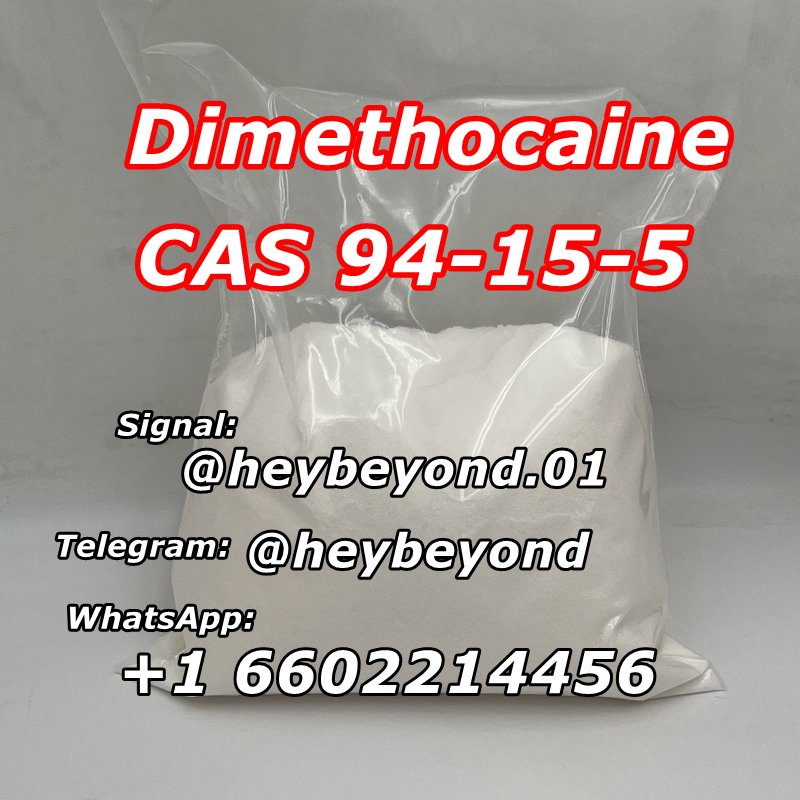
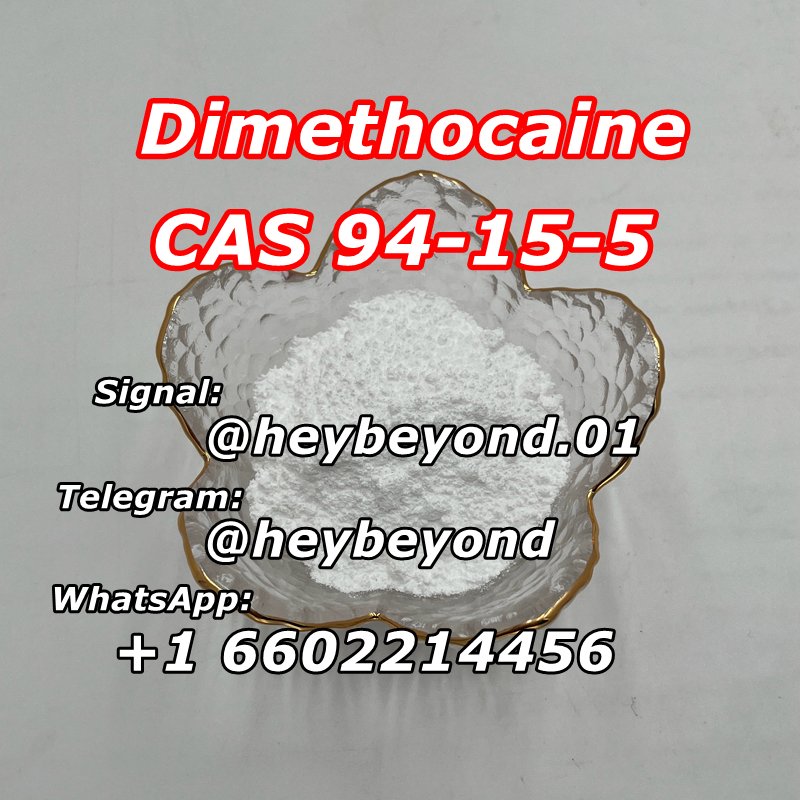
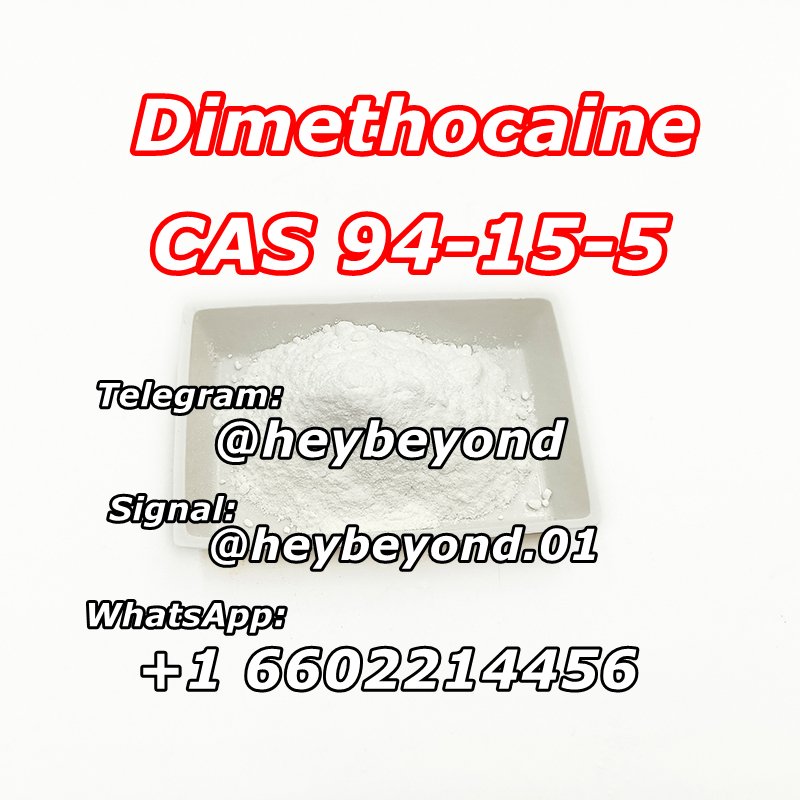
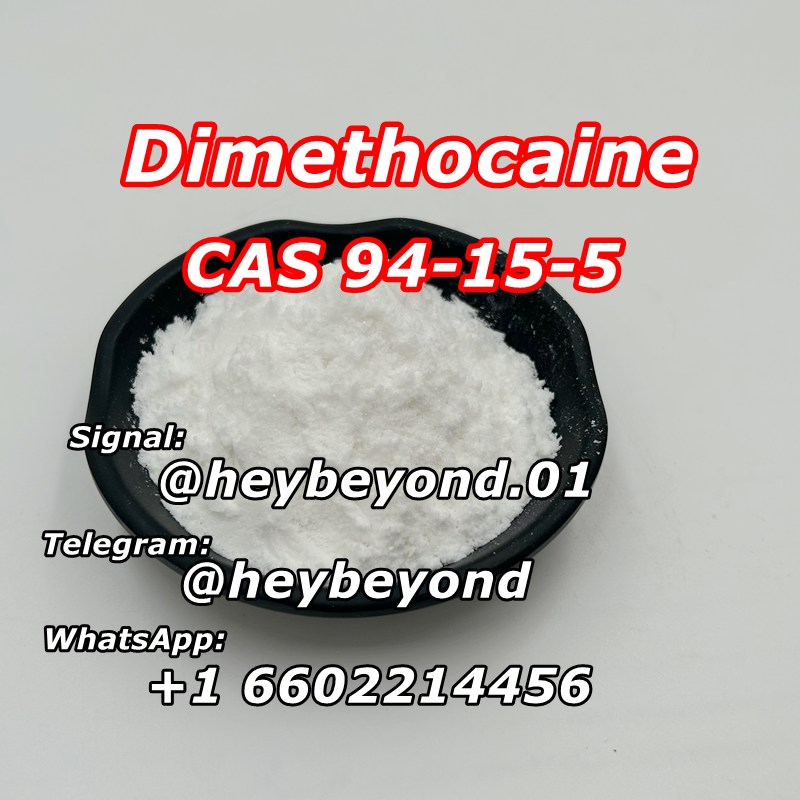
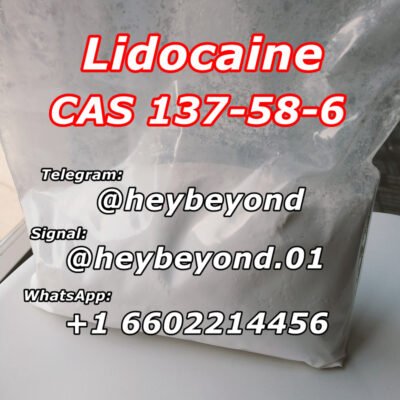
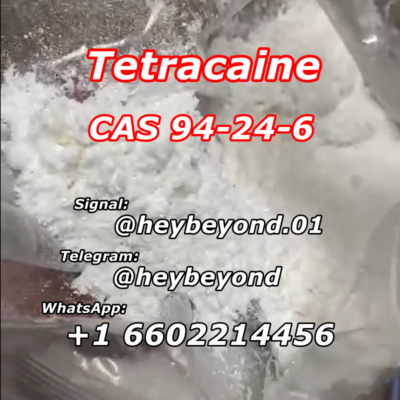
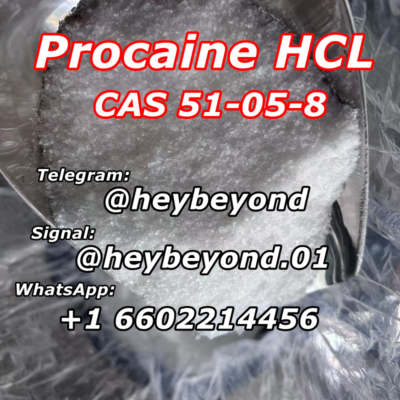
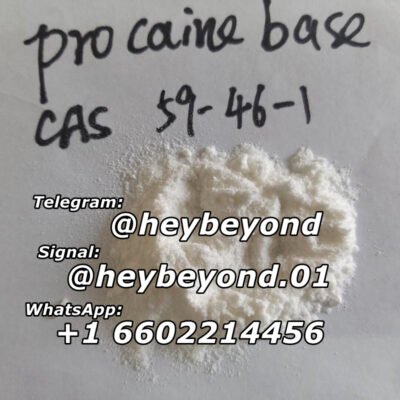
Reviews
There are no reviews yet.